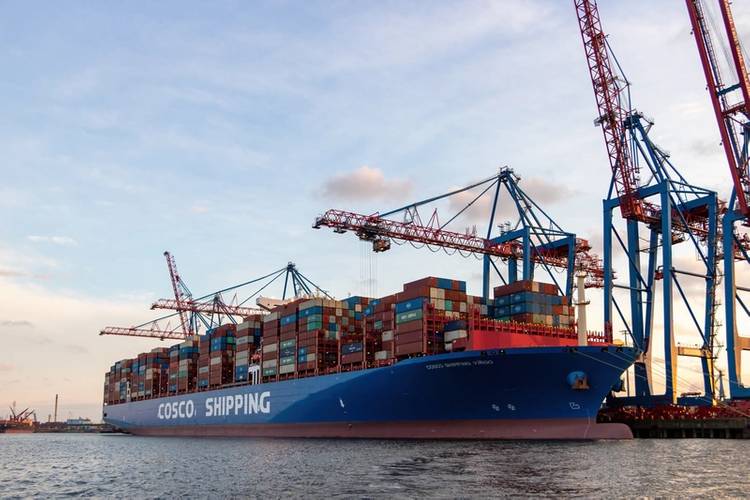“Friendshoring” Impacts Container Shipping Trade Patterns
As geopolitical upheaval continues, Peter Sand, Chief Analyst, Xeneta, explores how global trade patterns have (and will) evolve.
Geopolitical unrest could have dramatic and long-term impacts on global trade patterns for all goods and commodities, as political alliances are essentially being ripped up and rewritten. Spurred by Russia’s invasion of Ukraine in 2022, changing trade patterns are emerging in the container shipping sector, said Xeneta’s Peter Sand, as the term of the day is “friendshoring”, as countries decouple from dependence on China, moving trade to countries with which they are more closely aligned.
This trend has in fact been evolving for several years now.
“Let me give you some numbers to put it into perspective,” said Sand. “In 2017, two-thirds of American imports from Asia originated from China. Today that's down to 56%. The winner in this game is Vietnam; Vietnam used to take up 6% of U.S.-Asian imports and it's now up to 11%.”
Shifting trade patterns are more complex than simply rerouting ships, as significant investment is needed in ports, terminal and warehouses—essentially every element of the supply chain.
Looking deeper into the U.S. market, Sand said the westbound transatlantic trade lanes, which are still “one of the main trades that defies gravity,” are starting to slow too.
“It hasn't been hit to the same extent as all the others, right now we still see elevated levels on the westbound trade of transatlantic,” said Sand. “But the one thing that is changing right now, at least the pace of the decline, is [increased] capacity carriers seem to deploy; according to Sea-Intelligence, 25% more as compared to mid-March last year.”
Declining demand and increased carrying capacity does not bode well for the vessel owner operators, with falling freight rates on this trade the norm today.
On the other side of the country, the U.S. West Coast has been, and remains, an industry bellwether. But it has been beset by labor disputes that “still haunts the market and gives shippers and carriers sleepless nights,” said Sand.
Despite the problems, rates are on the rise.
“What we have seen most recently has been a successful initiative by the carriers,” said Sand. “We've seen them significantly push up China to U.S. West Coast rates from $1,200 to $1,700 per TEU. We have also seen the long-term rates inch up gradually,” indicating that perhaps the market has bottomed out at the loss-making level for the carriers.
















